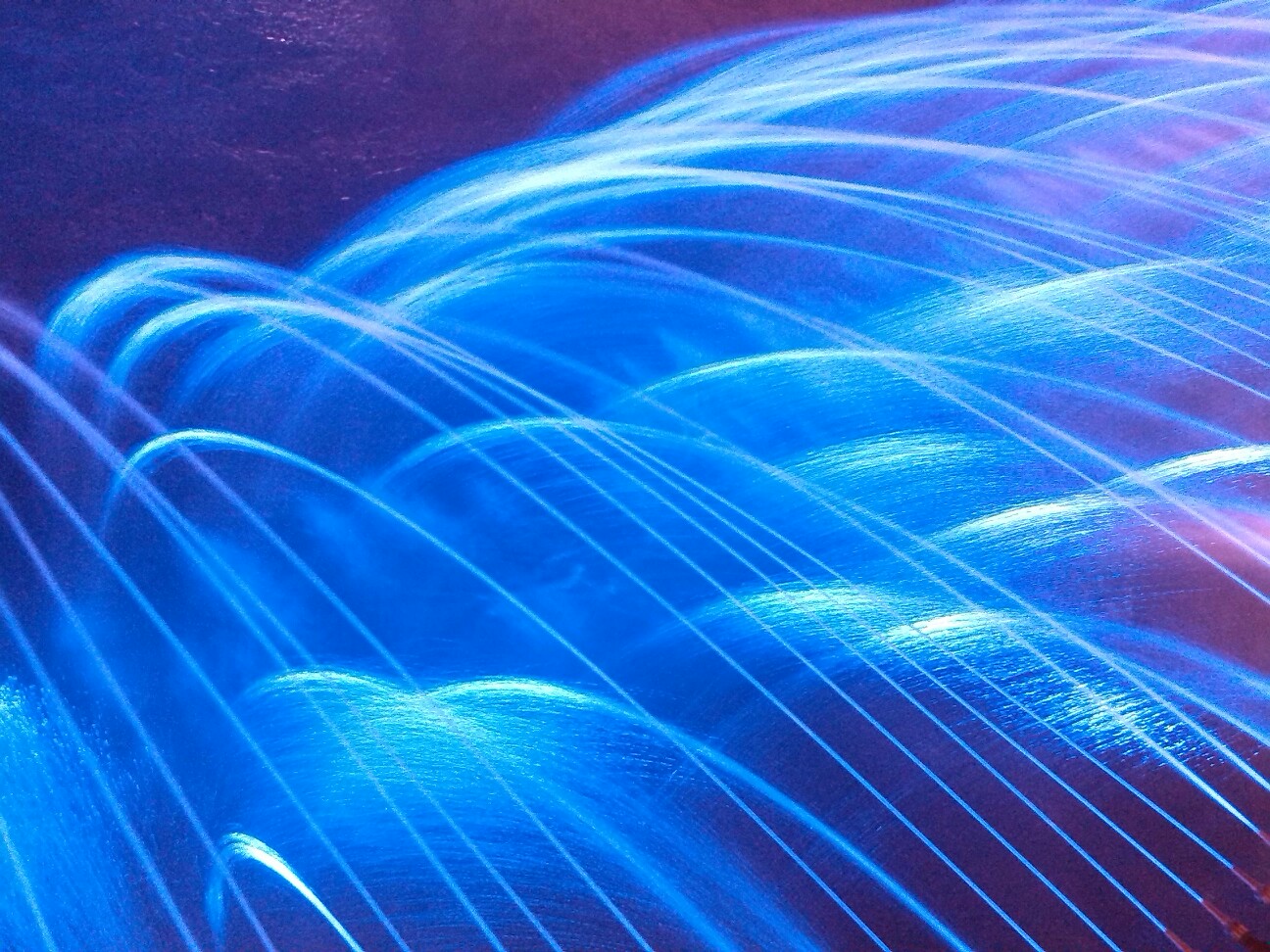The structure of fountain equipment conforms to the principle of architectural aesthetics
The layout of fountains should also conform to the principles of architectural aesthetics, especially the basic principles of formal beauty.

(1) Neat and unified: it can also be said to be simple and uniform or uniform, which is the simplest form of beauty. This is the most commonly used rule in fountain layout, which mainly refers to that there are many individuals in a large fountain. At this time, we often use the same specification of spray heads to form the same water shape. The water shape can be a water column that directly sprays upward, a water tongue that flows downward or a water tongue that flies upward and a water flower of some form. Tidiness means that the appearance of the same form repeatedly and continuously gives people a sense of rules, a sense of beauty of tidiness and a sense of order. And tidiness can make smaller individuals form a large whole. For example, a small fountain is inconspicuous in the square, but if a row of neat small fountains will give a deep impression. A trickle fountain gives people a thin feeling, but if it is juxtaposed in a certain shape, it will form the impression of a water wall, a layer of water network and so on. Of course, the uniformity can not be absolute. It is not required that all fountains in the whole square are the same. Generally, the uniformity has a certain range, that is to say, it is the same within a certain range and beyond this range, the form changes, and in another range, it is the uniformity of another form. This is called group unification. Each group has a unified form, and there are differences between groups.
Grouping should be appropriate. If the number of groups is too large and the number of each group is too small, then it will go to the opposite side of uniformity and disorder. But the scope of uniformity should not be too large, and the grouping should not be too few, otherwise, it will go to the other side and become monotonous. The principle of tidiness and unity should also be reflected in that a fountain group should have a control factor, the most common control factor is height. For a fountain, a high main fountain is often set up in a certain position, which will produce a strong impression, while some smaller fountains are in a subordinate position, making the audience have a sense of the whole fountain group Jue. The overall unity is also reflected in that the dynamic fountain repeats the change of a certain form repeatedly in a certain period, which is different from the overall unity in space described earlier, and is the overall unity in time.
(2) Symmetry and balance: symmetry refers to that one becomes the central axis, the left and right sides are equal, or it can be relative to a central point. Compared with the uniformity, symmetry has changed, and there are differences in direction and position. Symmetry is the most commonly followed aesthetic rule in architecture. This is because many things in nature are symmetrical, such as the position and size of human eyes, ears, hands and feet, the shape of various animals, etc., so people are accustomed to seeing more symmetrical things. So most of the ancient Chinese buildings are symmetrical. Most of the classical fountains are also symmetrical, and most of them are symmetrical with the main axis of the building as the central axis. Although some modern fountains are also seeking to break the symmetrical pattern and seek change, most of them still take symmetry as their basic style.
An important form of symmetry change is equilibrium. The characteristic of equilibrium is that the bodies on both sides do not have to be equal, but they are roughly equal on both sides of the axis, so they should be lively and free compared with symmetry. As a fountain, the two sides of the layout do not have to be the same, and the number does not have to be the same, but the size is the same, and the number is relatively close, making people seem to have a sense of balance and stability. The further change of symmetry is echoing, which is more free than equilibrium. Sometimes one side is arranged with a large fountain, while the other side is arranged with several small fountains, or other architectural sketches. In this way, although one side is high and the other side is low, one side is virtual and the other side is solid, the other side is large and the other side is small, although the shape is big and small, they are in mutual reference.
Although equilibrium is not equal on both sides of the center (or axis), it has some equivalent meaning in the aesthetic sense. At this point, we should emphasize the center of equilibrium, otherwise we will lose the standard of measurement. It will give a sense of disorganization. So add a strong sound (such as a higher main fountain) to the center of the balance. This is the first principle of equilibrium. The second principle of equilibrium is the lever balance principle, which means that small objects that are less important away from the center can be balanced by large objects that are more important near the center.
- Development and application of fountains i...
- What are the main functions of water featu...
- Architectural aesthetic principles for the...
- The fountain not only shows the taste of life
- What are the waterscape effects of the fou...
- Selection of different fountain design and...
- What are the requirements for fountain str...
- Soft Lighting Design Method of Fountain De...









